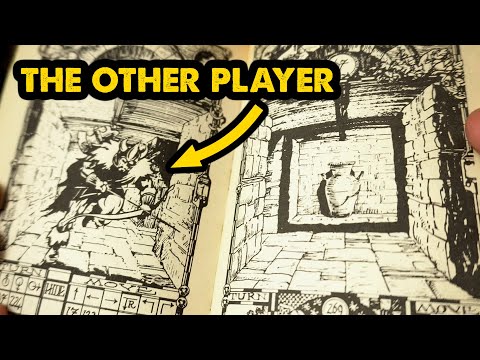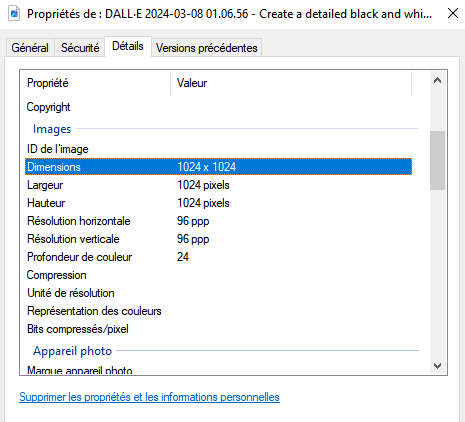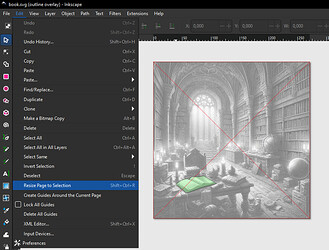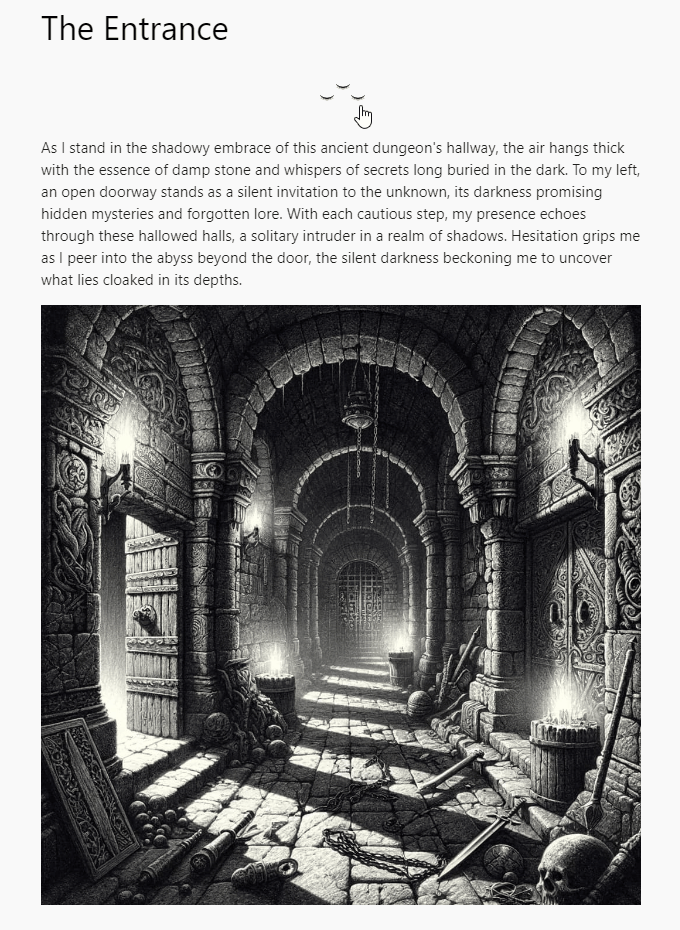Hi folks, I’m teaching a small class (8 students) of American university students at SUNY Polytechnic Institute (Utica, NY), whose primary area of study is communication, interactive media and game design. Our class is called “Designing and Writing Interactive Texts”, and our (so far) exclusive platform is Tiddlywiki on Tiddlyhost.
Students are generally not highly developed coders, but are finding the wikitext pretty straightforward so far. We’ve been doing plugins, and some students are using the choose-your-own-adventure plugin and maps. Some are generating points for picking up objects, and doing some math. Lots of tags, and more and more filters.
I was wondering if the community here might provide some links of your favorite ways you’ve seen tiddlywiki used, especially in a creative environment in which designers are making content for others to use or enjoy (so less for personal knowledge management, note taking, etc).
I will share this thread in the class discord, and continue to invite students to use this group and others as resources.
Thanks!
//steve.
 digital garden
digital garden  work repository
work repository






